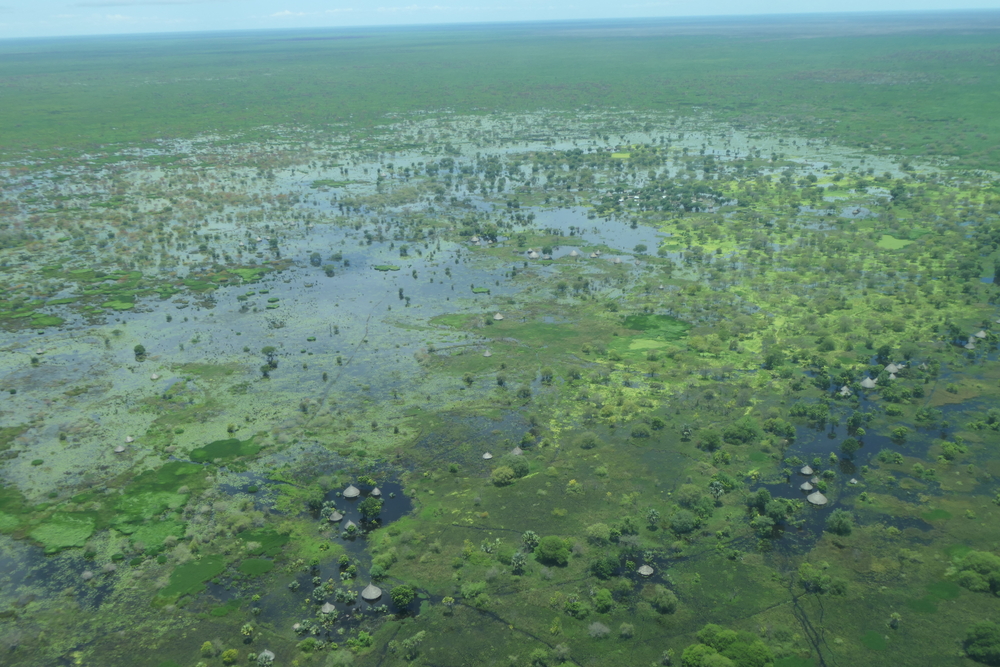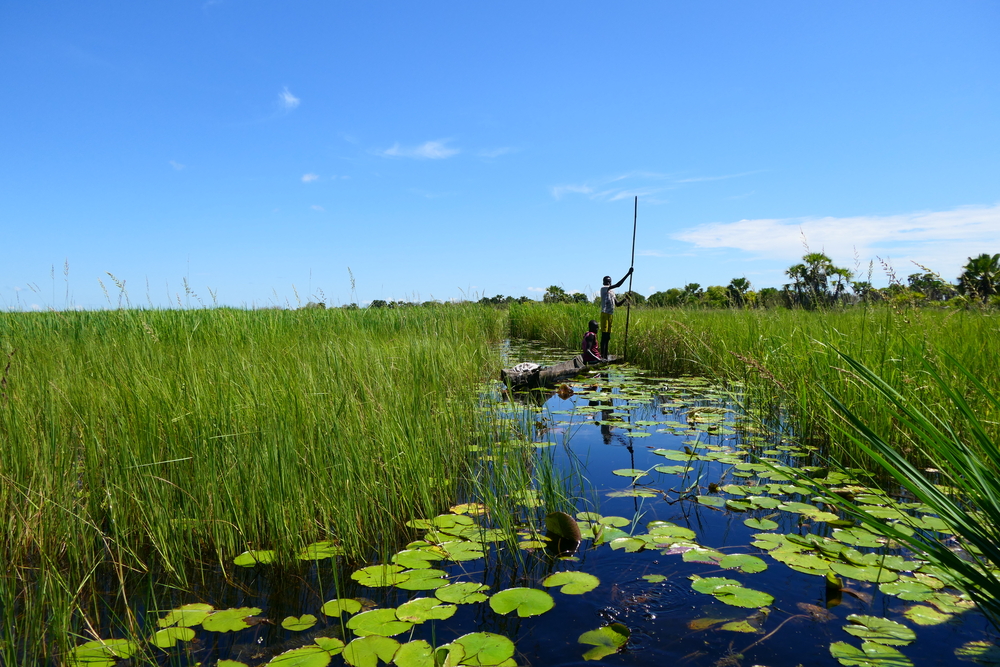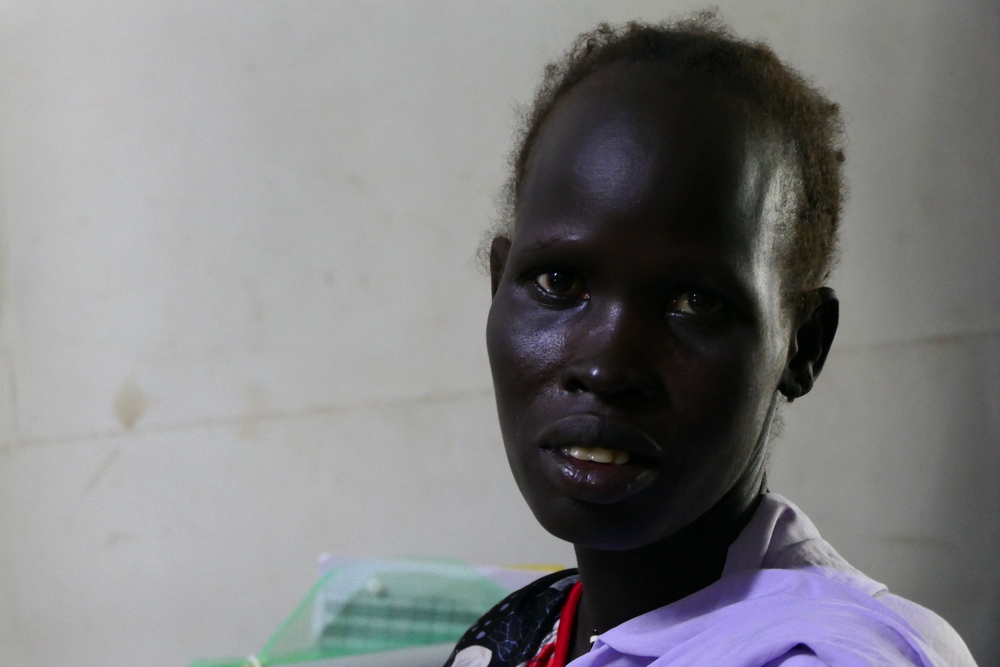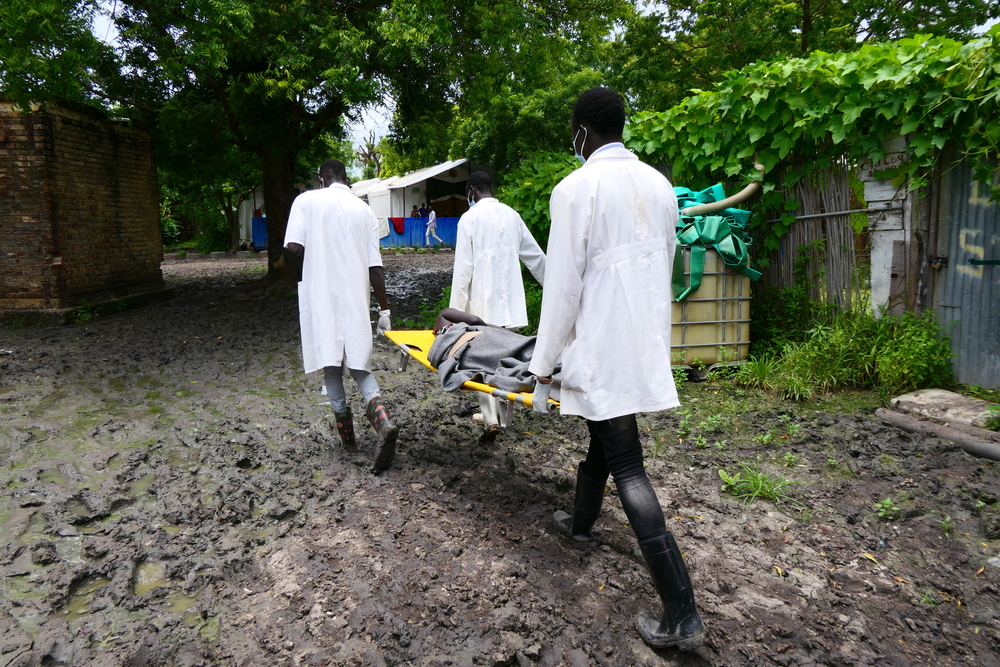September 29, 2021—Heavy rains have caused widespread flooding in South Sudan this year, affecting more than 400,000 people so far, according to United Nations estimates, while the rainy season continues.
Many of the hardest hit communities are in Jonglei State, where wetlands and tributaries of the White Nile overflowed as seasonal rains arrived earlier than usual. In the villages of Haat and Pakur, in western Ayod County, floods forced approximately 6,000 people to flee their homes from May onward.
On August 8, the floodwaters destroyed a small MSF clinic and many homes in Haat. MSF evacuated its staff to Old Fangak, four hours away by motorboat, before returning to the area and conducting mobile clinics.
"In the region around Haat, we saw catastrophic flooding," says Emilie Allaire, the leader of MSF's medical team in Old Fangak. "The center of the community was flooded several feet deep, forcing all the local population onto the last pieces of land that were not flooded."

Everything in the affected communities was destroyed, Allaire says. People are staying in huts they made of sticks and sometimes plastic sheeting. There are no latrines and no clean drinking water.
"We went island to island to provide general medical consultations for children and adults," Allaire says.

The mobile clinic team carried out 474 medical consultations from August 29 to September 1, and 651 medical consultations from September 17 to 21. The medical needs are extremely high when compared to the weeks before the flooding. The most common conditions include non-bloody diarrhea, upper respiratory tract infections, urinary tract infections, malaria and malnutrition. Canoes are the main means of transportation during the flooding, but it would take several days to reach a medical facility this way.

The team diagnosed Nyadak Kulang with severe malaria, and she was about seven months pregnant, requiring more specialized care. They then brought her to the hospital where MSF works in Old Fangak, four hours away by speedboat, and her condition started to improve with treatment.
"We didn't have clean water," she says. "People around me on the island were sick. They were suffering, and the symptoms we saw were diarrhea and vomiting."

Food scarcity is also a widespread concern. Most local people are subsistence farmers, but the recurring flooding has made agriculture impossible. Their cattle either drowned or are dying of hunger because the grass they feed on is covered by water. People report surviving on fish and water lilies.
MSF is continuing mobile clinics for children under five years old and pregnant women and administering vaccinations for measles, tetanus and diphtheria. Moderately and severely malnourished children are treated with therapeutic food, and children and adults are given emergency food rations due to general food insecurity.

MSF is also distributing blankets, insecticide-treated mosquito nets, plastic sheeting, cooking utensils and other essential supplies.
However, MSF staff warn that the health of the displaced population is likely to deteriorate further without adequate assistance, as the flooding continues.
"The medical service, though we are providing it, is not enough," says Paul Gany Hoth, MSF clinical outreach officer. "They are in the rain in an open space. They need shelters, they need food, they need everything."
